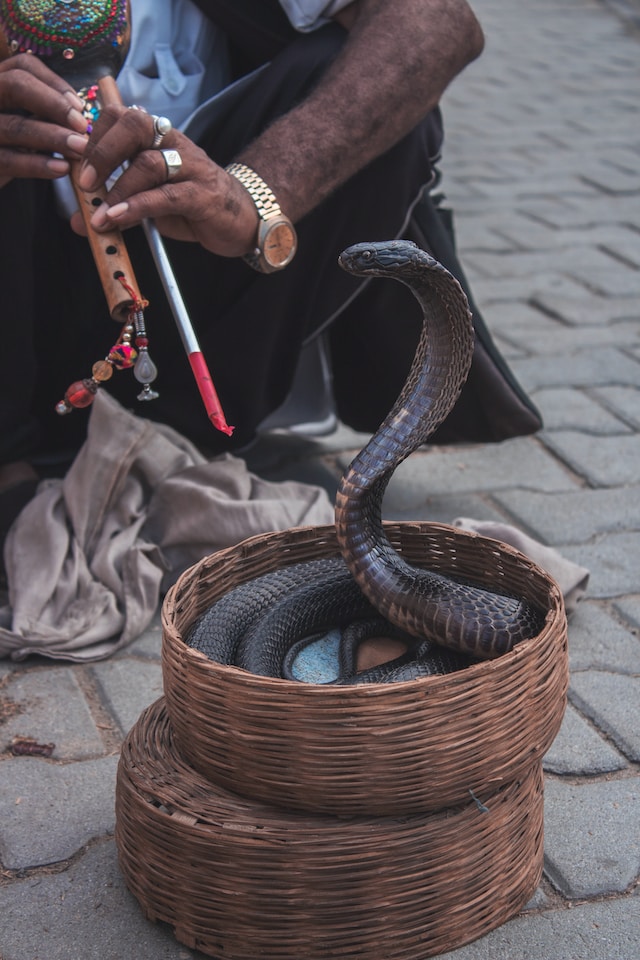- 19 May 2023
- 63
The Cycle of Cobras From Birth to Maturity

Introduction: The life cycle of cobras is a fascinating journey that encompasses various stages, each contributing to their survival and perpetuation. From the vulnerable hatchlings to the formidable adults, these serpents undergo remarkable transformations. Join us as we explore the intriguing cycle of cobras, shedding light on their growth, development, and ultimate journey to maturity.
- Birth and Early Life: Cobra eggs are typically laid in warm and secluded areas, such as underground burrows or leaf litter. The incubation period varies among species but generally lasts several weeks. Once hatched, the newborn cobras emerge from their eggs as miniature replicas of their adult counterparts. However, they are more vulnerable and lack the venom potency of their mature counterparts.
- Nurturing and Protection: Cobra hatchlings are entirely dependent on their mother during their early stages of life. The mother cobra diligently guards the nest, fiercely defending her young from potential threats. The hatchlings rely on their camouflage and ability to remain motionless to avoid predation. The nurturing and protection provided by the mother during this crucial period significantly increase the chances of survival for the offspring.
- Growth and Development: As the young cobras grow, they shed their skin periodically to accommodate their increasing size. This process, known as molting, allows them to shed old skin and reveal a fresh, vibrant one underneath. With each shedding, the hatchlings develop stronger and more mature characteristics, preparing them for the challenges they will face in the wild.
- Hunting and Feeding: As they mature, juvenile cobras venture out to explore their surroundings and develop their hunting skills. They primarily feed on small vertebrates, such as rodents, lizards, and amphibians. Their venom, although less potent than that of adults, aids in subduing their prey efficiently. This period of hunting and feeding contributes to their physical growth and strengthens their predatory instincts.
- Sexual Maturity: Cobras reach sexual maturity at different ages depending on the species and environmental conditions. Once mature, males and females engage in elaborate courtship rituals, involving displays of hood flaring and body movements. Following successful courtship, mating occurs, leading to the production of eggs and the continuation of the cycle.
Conclusion: The cycle of cobras, from birth to maturity, is a captivating journey filled with challenges, growth, and adaptation. The nurturing and protection provided by the mother, coupled with the juveniles’ gradual development and hunting skills, play vital roles in their survival. By understanding and appreciating the life cycle of cobras, we can gain a deeper appreciation for the resilience and intricacies of these remarkable creatures.

